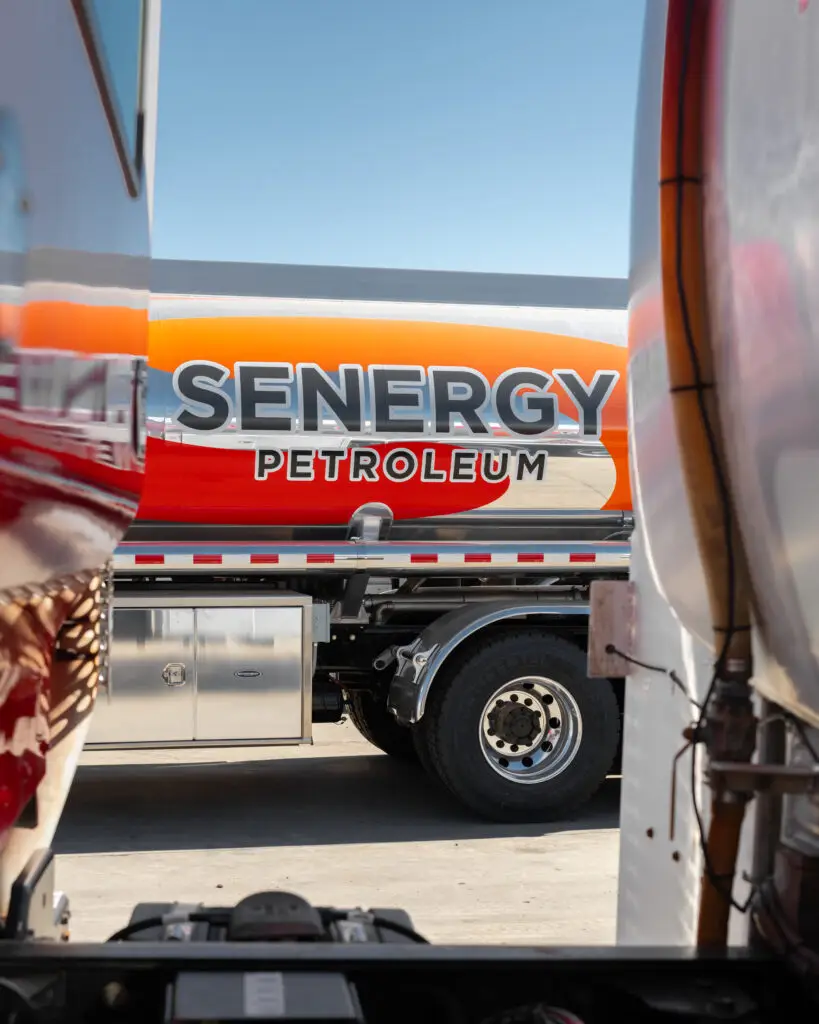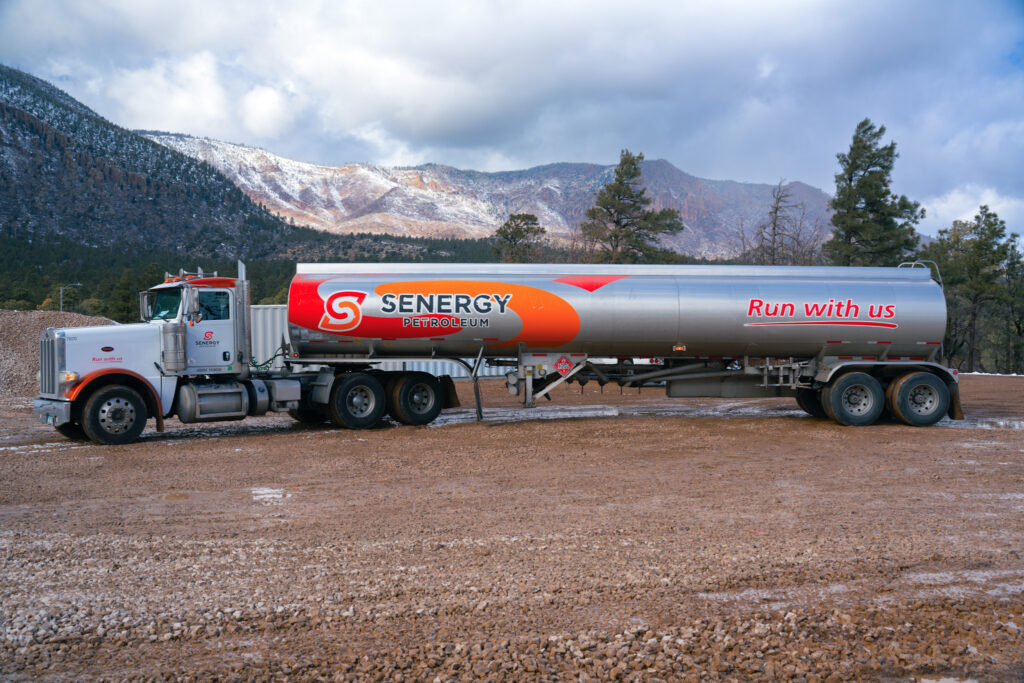One needs to be careful when choosing the best portable fuel storage system by companies and individuals who use fuel in their activities, whether construction, off-site, or fleet operations. The best portable fuel tank should be easy to maintain, have the least risk, and guarantee the availability of fuel wherever and whenever it is needed. However, since there are so many to select from in the market, one must determine exactly what to search for when selecting a portable fuel storage system. Portable fuel tanks are here to simplify fuel transportation and storage as well as to provide safety.





